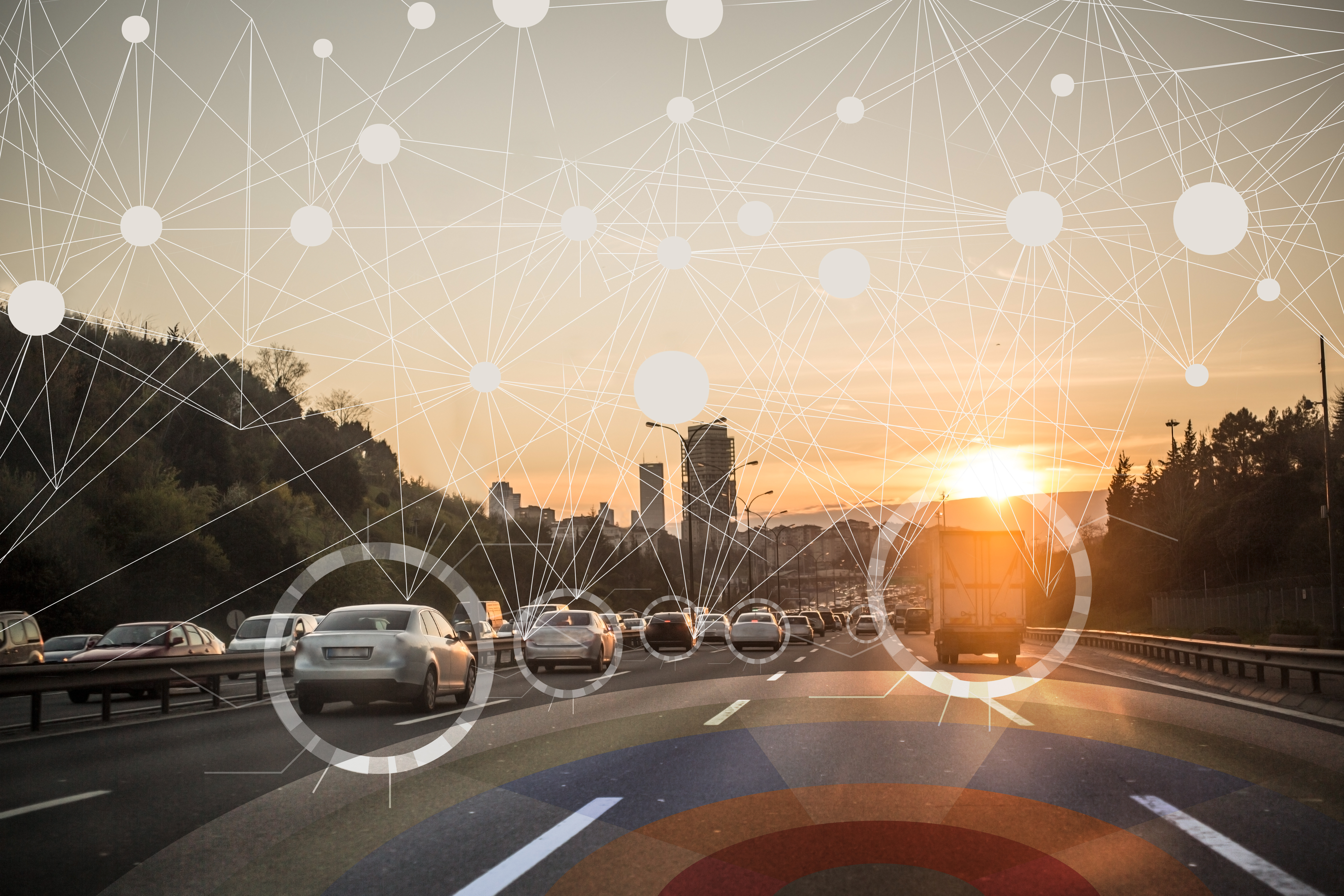Timing's Critical Role in the AI Revolution
Small timing devices run a big part of our lives, and many times, we fail to realize it. I sat down with Aaron Partridge, the chief scientist at SiTime, to discuss his prognostications for the future of the electronics industry and the role that timing will play.
As you look ahead, what trends in electronics do you see?
One giant trend that I see is the development of AI systems. Artificial intelligence will usher in the next wave of the industrial revolution. The first wave used steam power to mechanize production and travel in the 1780s and extended this with fossil fuel in the 1920s. The second used electronics and software to automate communications in the 1980s. Today, we need to process the data from our increasingly digitized world. AI organizes this data to augment our mental limits.
One can think of technology as extending our human limits. The first wave amplified our muscles, in that we can fly, drive, and move heavy objects. The second wave amplified our senses, in that we could hear people thousands of miles away or see minute objects. And the third wave is now amplifying our ability to think.
You use the present tense to talk about the next wave of the industrial revolution. Why is that?
That’s the thing with technological revolutions. When we are in the midst of them, many of us don’t notice that change is happening. The technology slowly creeps into our lives. We won’t wake up one day and suddenly live in the world of the Jetsons. Right now, the personal assistants in our mobile devices, the self-driving car I just bought, they both use artificial intelligence.
What is timing’s role in AI?
Timing will play a critical role in the communications infrastructure that AI leverages. When many people think about artificial intelligence, they think of robots, but it is about more than that. It’s also about processing massive amounts of data. So, AI relies on data centers to store information and on high-speed radio and fiber to transport the information – all of which relies on timing. Without high-performance oscillators, artificial intelligence systems wouldn’t be able to process the data reliably and without latency.
How do you see AI fitting into the evolution of timing?
That’s a pretty big question. What did timing mean to the Romans? The Romans could precisely measure sunrise, midday, and sunset. Their sundials divided the day into 12 hours of daylight and 12 hours of nighttime, and the length of the hours depended on the length of the day. So, if Romans agreed to meet at 1:00, they were probably accurate to maybe 20 minutes.
Skip ahead a couple millennia to today. Our phones know what time it is to a microsecond. Our GPS receivers know the accurate time to within thirty billionths of a second. So, we’ve gone from 1,000 seconds to a millionth-of-a-second accuracy. That is a billion time more accurate.
And we are not done. The upcoming 5G phones will hold time at least 10x more accurately than 4G, and soon GPS receivers will keep track of time down to one billionth of a second. So, that is a trillion times more accurate than the Romans.

In addition to accuracy, what else will be needed for AI systems?
People are now talking about “the internet of things.” All of those “things” will be networked, and networking requires timing. So, in that sense, we are dealing with the “internet of time-synchronized things.”
In a world of artificial intelligence and time-synchronized things, there will be a massive number of sensors everywhere, and they will need to be smaller, consume less power, and continue to perform reliably as they age. MEMS-based timing solutions, like the ones from SiTime, fit perfectly into that world.